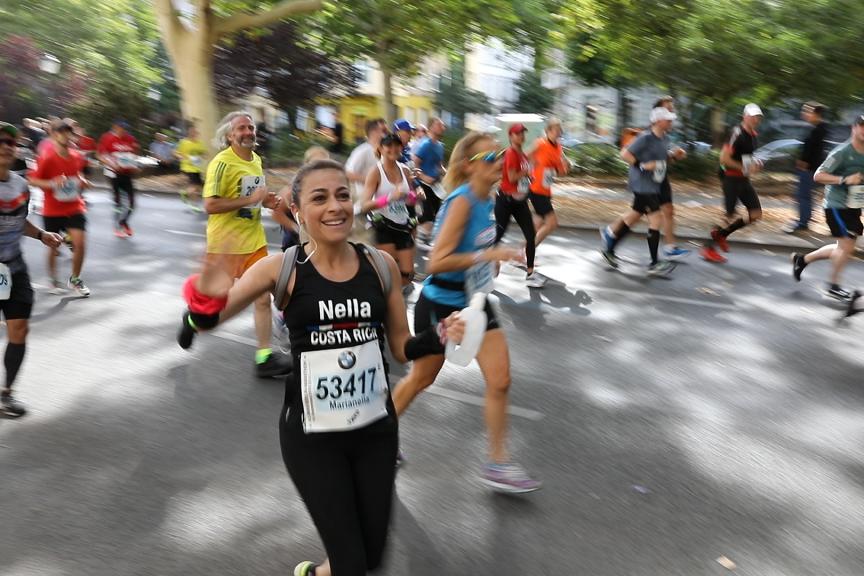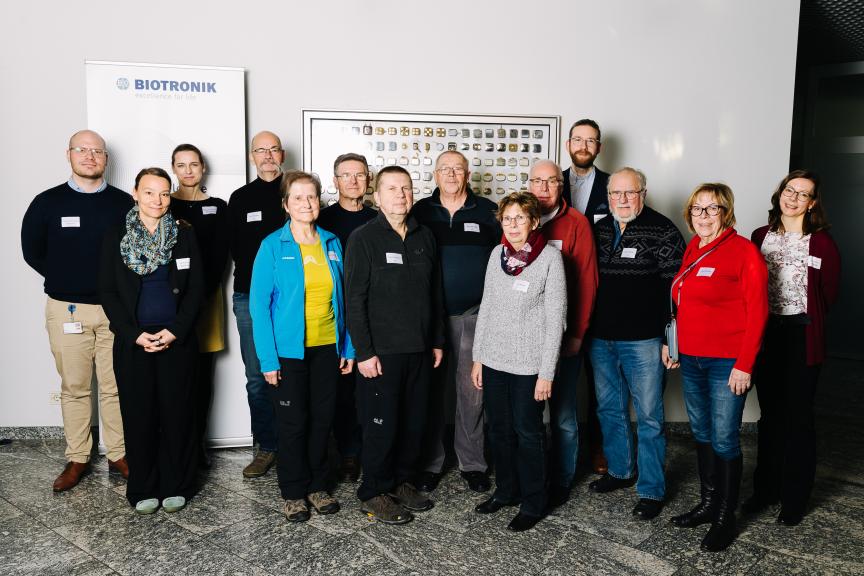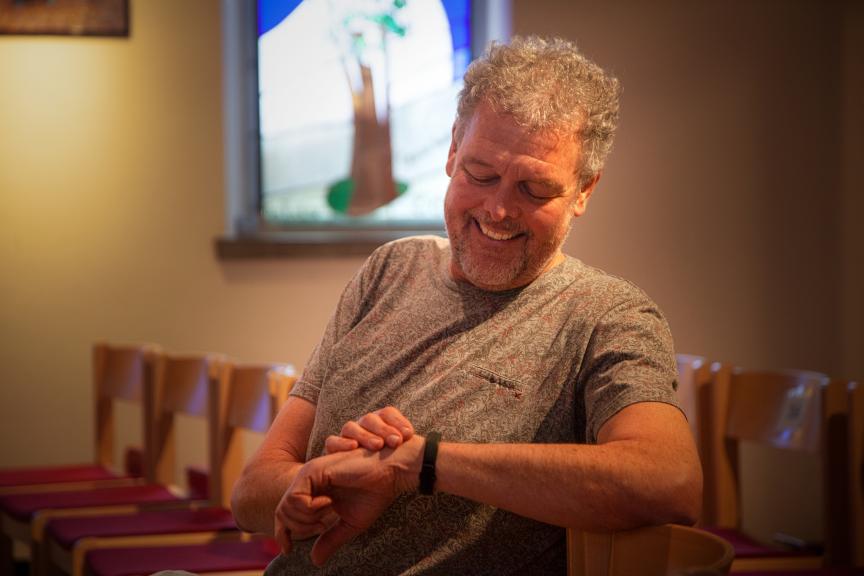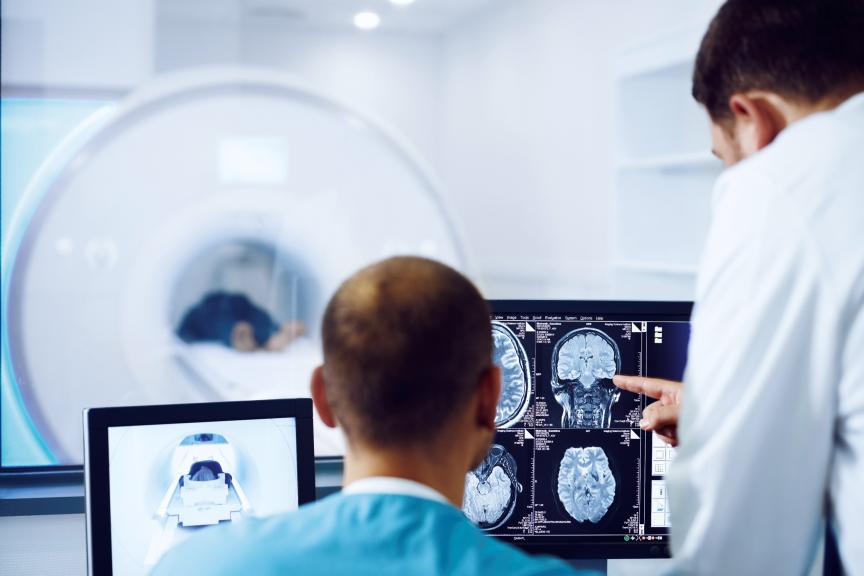Staying Active and Sticking to Goals With a Heart Implant
Cardiac pacemaker implantations are now routine interventions. Around three million people worldwide have a pacemaker, and every year 600,000 more receive an implant. Nevertheless, the diagnosis and procedure can look challenging for patients at first— especially patients who are athletes or enjoy being active.

How might their training and active lifestyle be affected? “Of course it’s normal to freak out,” says Marianella Cordero, a journalist and marathon runner from Costa Rica who received her BIOTRONIK pacemaker in 2015. Marianella was relieved once her doctor handed her a study on pacemaker safety and long-distance running. Not only were there other athletes with pacemakers like herself—there were enough active patients to do such a study. “That’s how I felt better,” she says. “I realized that this also happens to people my age and to other athletes. Then I thought, if they came back, I can do it too!”

However fast I run these races, I’m accomplishing my personal goals with my pacemaker. It’s a dream come true. I’ve said before that my pacemaker is my ‘dream-maker'.
The Power of Patience and Positive Thinking
After receiving her pacemaker, Marianella couldn’t wait to get back to running. But she had to be patient and start with small steps and adjustments in her mindset. ”My doctor gave me very specific instructions. He said: ‘if you feel bad, stop. You might feel dizzy. Be careful. It’s normal.’” Although normally accustomed to running marathons, Marianella started by walking just one block of her street. The next day, she walked two blocks. Eventually, she would softly jog those two blocks. And on her gradual recovery went. “Patience is not my best virtue, but I had to learn,” she says. “It wasn’t about me being ‘strong.’ It was a matter of science—do it slowly and right, and it will be fine.” Her patience and persistence paid off. Only two months after the implantation, Marianella ran a half marathon. It wasn’t as fast as she used to run it, but that didn’t matter this time. “I wasn’t scared. I just ran listening to my body and checking that everything was fine. It was.”
Setting New Goals: What’s Next for Marianella?
At first, Marianella recommends simply enjoying the feeling of being back, healthy, and able to exercise again. “Don’t put pressure on yourself to chase records or personal bests right away,” she says. “First, be thankful that you’re back. Soon enough, as your mind ‘forgets’ you have a device inside, you’ll gain more confidence. Then you can try and push a little bit more—a little faster, a little farther.”
She advises other patients to share their goals with their doctors, who can help work out an individual training plan. Physicians can best assess their patients’ physical condition, and in most cases, they are supportive.
Since 2015, Marianella has run four of the six big global marathons—New York, Chicago, London, and Berlin—all with her implanted pacemaker. While in Berlin in 2018, she dropped into BIOTRONIK to say hello.
This year, she plans to run the half marathon in her native San Jose in May, the 30-kilometer Flamingo Beach race in September, and the New York marathon again in November. After that though, she has her sights set on finishing the last two of the six major world marathons with her pacemaker—Tokyo in 2023 and Boston in 2024. She’s already setting money aside for her trip to Japan in a special piggy bank. “However fast I run these races, I’m accomplishing my personal goals with my pacemaker. It’s a dream come true. I’ve said before that my pacemaker is my ‘dream-maker.’”
If you’re interested in finding out more about BIOTRONIK patients like Marianella, or have further questions, consider visiting our patient section.






















